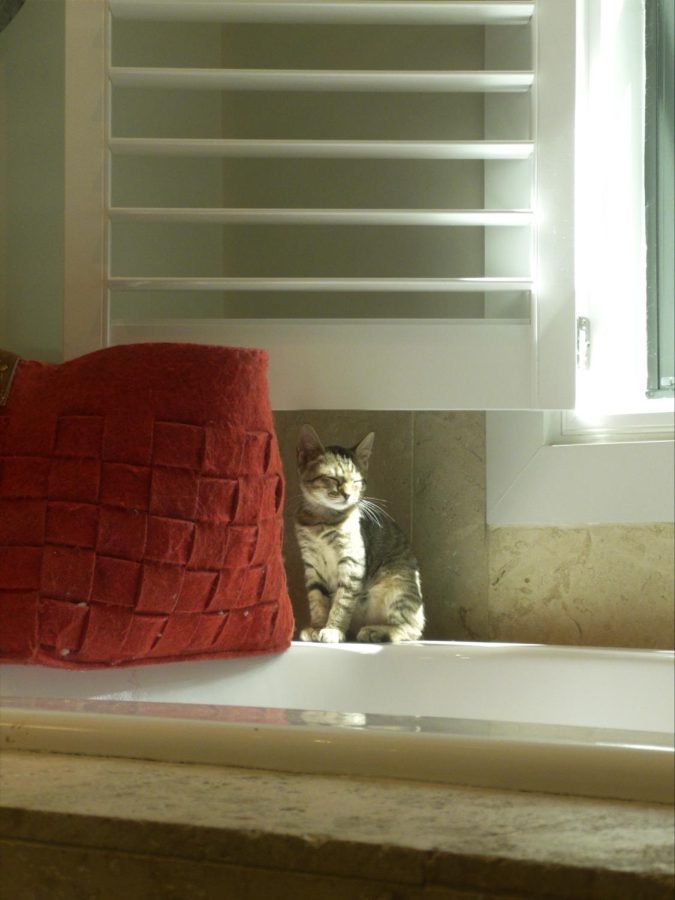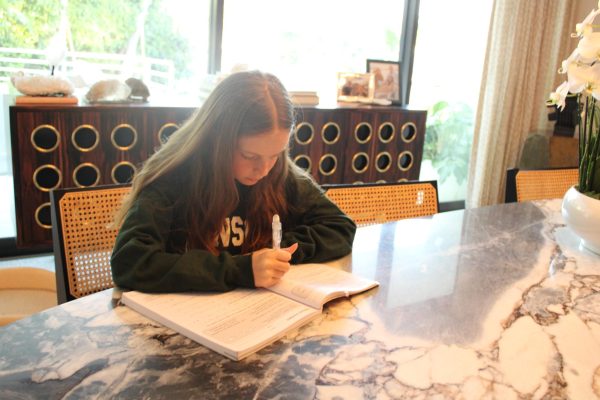The Plight of Covid Cats
A foster kitten enjoying some peace.
Are pets expendable? During the pandemic, many became so. According to the American Society for the Prevention of Cruelty to Animals, in 2018, approximately 1.5 million animals were euthanized in the United States, 860,000 of which were cats. Through the pandemic, The National Kitten Coalition reports that these numbers increased to over 3 million cats and dogs being euthanized in 2021. Furthermore, 2.4 million of those animals were healthy and could have been saved.
The pandemic shifted the dynamic for pets throughout our nation and created a surplus of cats with no place to call home. As the economy faltered, many families could not support their cherished pets, leading to significant increases within our rescue shelters. These same shelters throughout the US were also impacted by a decrease in donation income and support, restricting their ability to house additional animals. Because of this, cats became much more likely to be either placed into shelters or abandoned in the community.
With no end to the pandemic in sight, in 2020, South Florida cat lovers stepped forward with a unique solution. Families opened their home to foster kittens and cats who would otherwise be left to fend for themselves or even killed. These foster homes were not shelters, and instead used personal resources to address this unprecedented need.
Traditionally, South Florida’s Humane Societies (Broward and Greater Miami) provide shelter, veterinary care, and placement, but in this unique circumstance, the Humane Society of Tampa stated that they were doubling up on dogs, but were unable to house any additional cats or kittens. This meant that no traditional support would be available for unhoused cats and kittens.
Into this breach, cat lovers moved to address this issue on a family-by-family level. Fostering cats and kittens has always been an alternative to traditional animal sheltering. The pandemic drove this loose affiliation of animal lovers to develop a network of concerned citizens who were passionate about creating a solution for these abandoned animals.
I personally became involved in animal support through our local veterinarian, Dr. Sloane Robbins. Our family had always had large-breed Labradors, but I found myself saddened by the thought of a small kitten without shelter, food, or love. These feelings drove me to pursue being a foster parent for abandoned kittens.
Fostering kittens is much more complex than simply opening one’s house for shelter. Mrs. Maria Gomez, a leader in the foster community, coordinates the housing and veterinary care, including vaccinations, needed medications, and neutering. Mrs. Gomez noted that, “As a foster family, we socialize and care for cats and kittens so that they are easily adopted. Finding these animals a forever home is the end goal.”
For many of these kittens, they have had no meaningful human contact or active socialization. Typically, these animals were unable to be placed into an adopting family. The first kittens that my family sheltered were small enough to fit into the palm of my hand. They were scrawny, skinny, and scared. At first, this group of my first four kittens would not come out into the light or even approach their food and water. Over the first several weeks, simply sitting in the room they resided in allowed them to peek out and interact.
At first, they would flinch at any oncoming movement, but within a short time, the four kittens were rejuvenated: more social and livelier than ever before. One of the greatest joys was having the kittens crawl into my lap, nuzzle against my hand, and softly purr. Along the way, my dad, a surgeon, would medicate the kittens nightly, and the veterinarian would see them for periodic health checks.
As the pandemic eased over the last year, traditional shelter access became more accessible. Even amidst this movement towards normalcy, however, the loose fostering network has continued to flourish. Fostering animals socializes them rapidly, enabling them to be adopted more quickly than traditional shelter animals. Although shelters are crucial for animal care, foster cats, which come in groups of two to six typically, receive more attention and care, which shortens the amount of time it takes for them to be adopted.
Nevertheless, there is still an unmet need for volunteers to provide safe housing and care outside of the shelter environment. As Dr. Robbins pointed out, “some of these cats have been through hell. Abandoned, abused, and outright mistreated.”
Fostering has been a unique experience for me and my family. It connects me at a basic level with the kittens that we have fostered, and it has helped us bond as a family during this difficult crisis. Remarkably, we are now fostering our 60th kitten, and for me, the experience is just as special as it was with our first litter.
Ultimately, as Mrs. Gomez noted, “fostering is a way to give back to our community and provide animals a much better quality of life.”







